the dauntless:
Improved realistic flaps and airbrake!
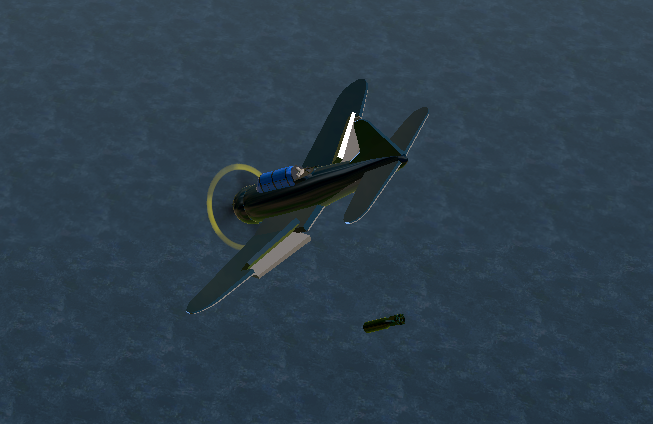
The Douglas SBD Dauntless is a World War II American naval scout plane and dive bomber that was manufactured by Douglas Aircraft from 1940 through 1944. The SBD ("Scout Bomber Douglas") was the United States Navy's main carrier-based scout/dive bomber from mid-1940 through mid-1944. The SBD was also flown by the United States Marine Corps, both from land air bases and aircraft carriers. The SBD is best remembered as the bomber that delivered the fatal blows to the Japanese carriers at the Battle of Midway in June 1942.[1] The type earned its nickname "Slow But Deadly" (from its SBD initials) during this period.
During its combat service, the SBD proved to be an effective naval scout plane and dive bomber. It possessed long range, good handling characteristics, maneuverability, potent bomb load, great diving characteristics from the perforated dive brakes. By the middle months of 1943 the bomber was considered by pilots to be too vulnerable for service owing to its armament and slow speed, and was relegated to non-combat roles.[2] One land-based variant of the SBD – omitting the arrestor hook — was purpose-built for the U.S. Army Air Forces, as the A-24 Banshee.
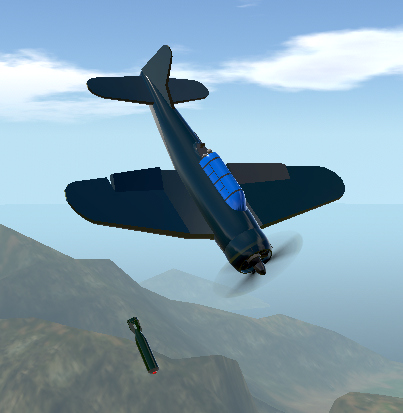
operational history:
U.S. Navy and Marine Corps SBDs saw their first action at Pearl Harbor, when most of the Marine Corps SBDs of Marine Scout Bombing Squadron 232 (VMSB-232) were destroyed on the ground at Ewa Mooring Mast Field. Most U.S. Navy SBDs flew from their aircraft carriers, which did not operate in close cooperation with the rest of the fleet. Most Navy SBDs at Pearl Harbor, like their Marine Corps counterparts, were destroyed on the ground.[7] On 10 December 1941, SBDs from USS Enterprise sank the Japanese submarine I-70.[8] In February–March 1942, SBDs from the carriers USS Lexington, USS Yorktown, and USS Enterprise, took part in various raids on Japanese installations in the Gilbert Islands, the Marshall Islands, New Guinea, Rabaul, Wake Island, and Marcus Island.
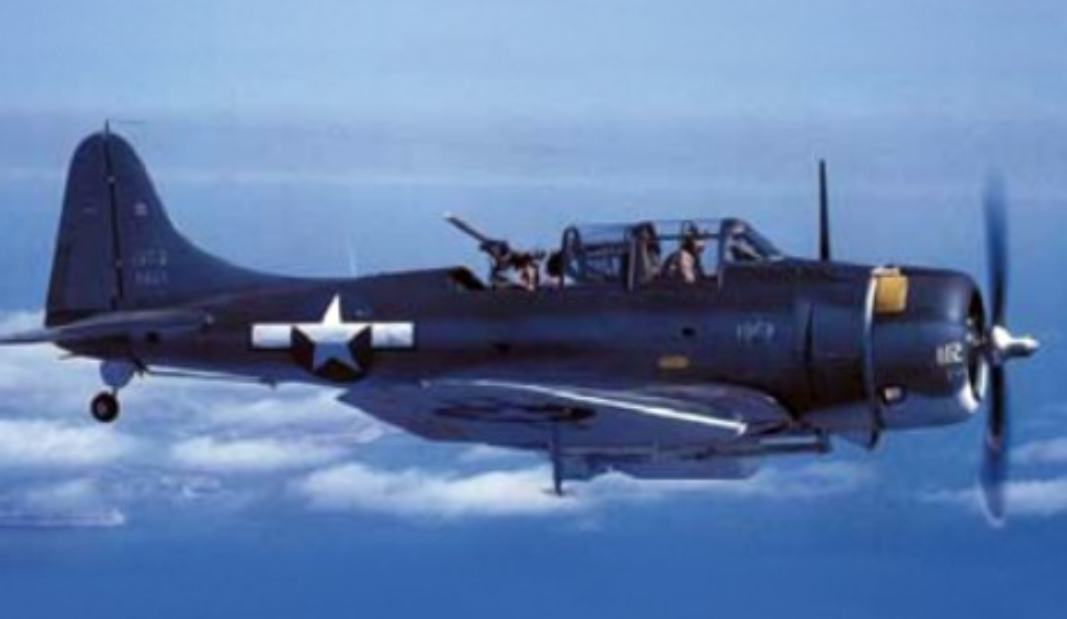
The first major use of the SBD in combat was at the Battle of the Coral Sea where SBDs and TBD Devastators sank the Japanese light aircraft carrier (CVL) Shoho and damaged the Japanese fleet carrier Shokaku. SBDs were also used for anti-torpedo combat air patrols (CAP) and these scored several victories against Japanese aircraft trying to attack Lexington and Yorktown.[9] Their relatively heavy gun armament with two forward-firing .50 in (12.7 mm) M2 Browning machine guns and either one or two rear flexible-mount .30 in (7.62 mm) AN/M2 machine guns was effective against the lightly built Japanese fighters, and many pilots and gunners took aggressive attitudes to the fighters that attacked them. SBD pilot Stanley "Swede" Vejtasa was attacked by three A6M2 Zero fighters; he shot down two of them and cut off the wing of the third in a head-on pass with his wingtip.
The SBD's most important contribution to the American war effort came during the Battle of Midway in early June 1942. Four squadrons of Navy SBD dive bombers attacked and sank or fatally damaged all four Japanese fleet carriers present, disabling three of them in the span of just six minutes (Akagi, Kaga, Soryu) and, later in the day, Hiryu. They also caught two straggling heavy cruisers of the Midway bombardment group of four, heavily damaging them, with Mikuma eventually sinking.
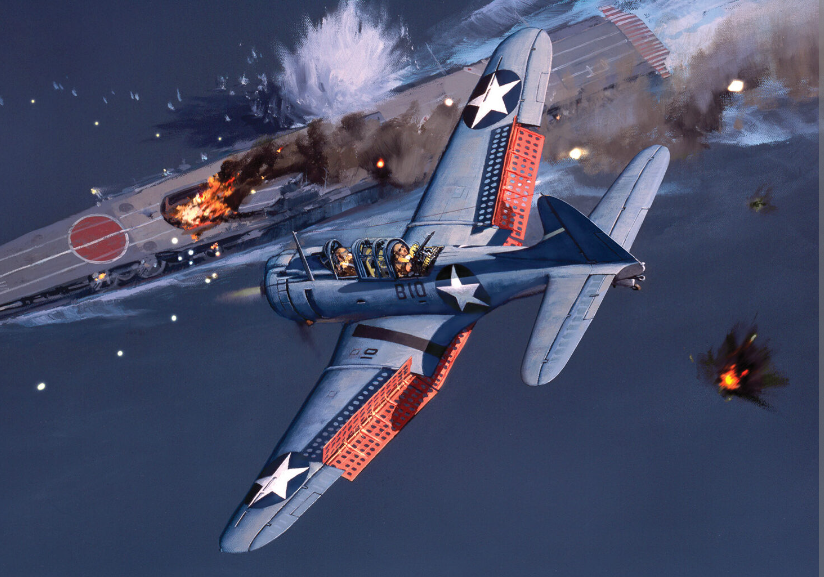
At the Battle of Midway, Marine Corps SBDs were not as effective. One squadron, VMSB-241, flying from Midway Atoll, was not trained in the techniques of dive-bombing with their new Dauntlesses (having just partially converted from the SB2U Vindicator).[11] Its pilots resorted to the slower but easier glide bombing technique. This led to many of the SBDs being shot down during their glide, although one survivor from these attacks is now on display at the National Naval Aviation Museum and is the last surviving aircraft to have flown in the battle. The carrier-borne squadrons were effective, especially when they were escorted by Grumman F4F Wildcats.[12] The success of dive bombing resulted from one important factor,
Specifications
Spotlights
- Ayanon 7 months ago
General Characteristics
- Created On Android
- Wingspan 81.5ft (24.8m)
- Length 63.1ft (19.2m)
- Height 26.0ft (7.9m)
- Empty Weight 31,133lbs (14,121kg)
- Loaded Weight 75,169lbs (34,096kg)
Performance
- Horse Power/Weight Ratio 0.066
- Wing Loading 24.1lbs/ft2 (117.9kg/m2)
- Wing Area 3,113.1ft2 (289.2m2)
- Drag Points 5298
Parts
- Number of Parts 124
- Control Surfaces 13
- Performance Cost 652



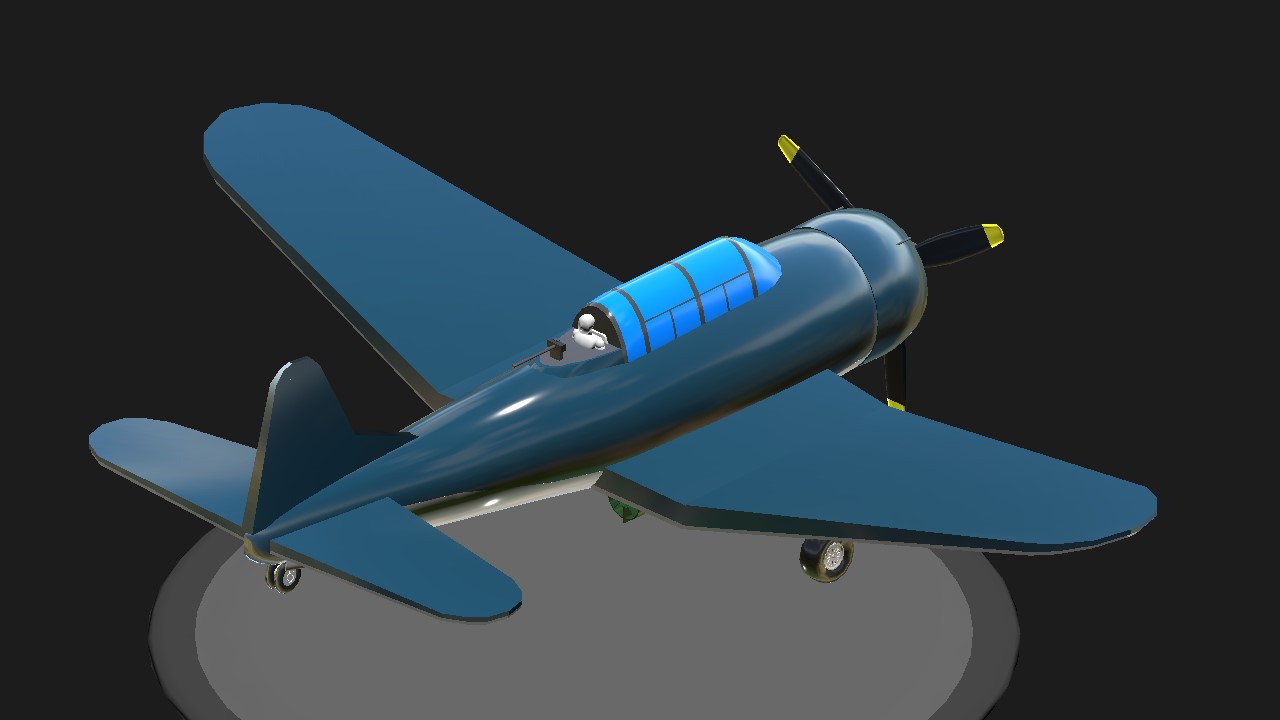
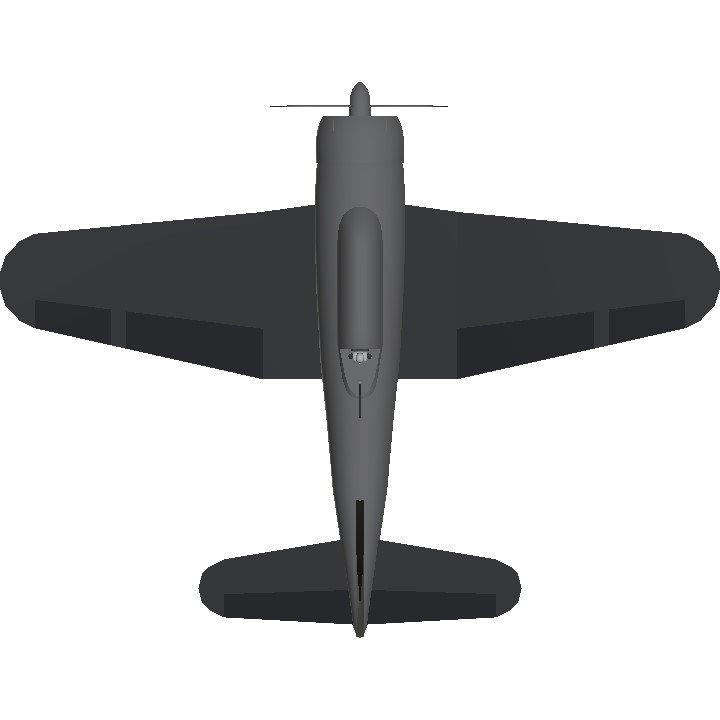
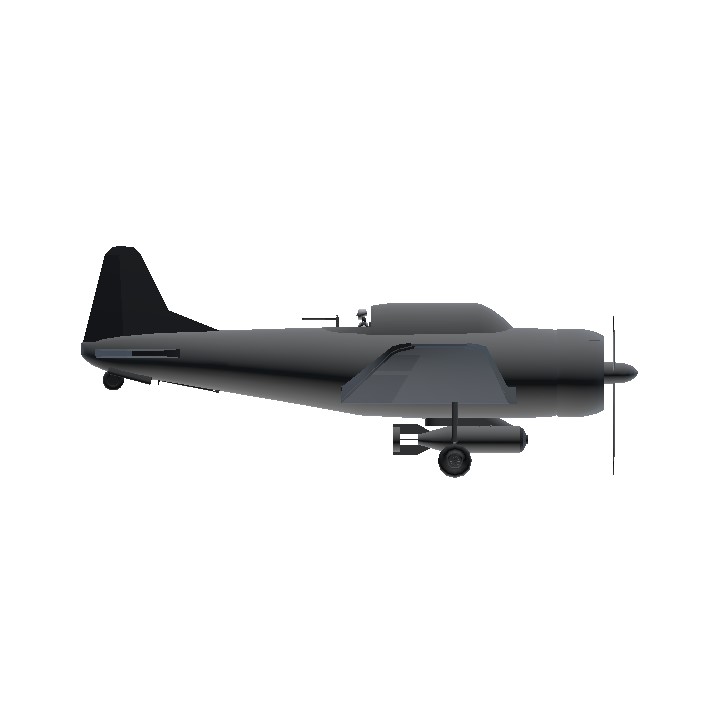
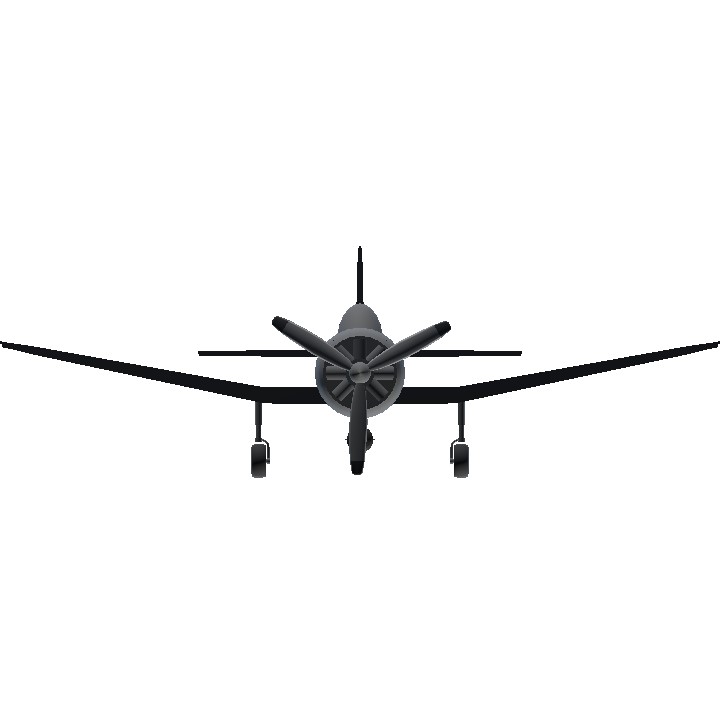
Nice dauntless, I like how you added it's operational history. SBD's also took part on the sinking of Zuiho during the battle of Leyte Gulf. In fact I'm working on a replica of Zuiho right now, I also made a teaser for it, press this if you want to watch it.
@Pakdaaircraftindustries ok
@Mitterbin any plane you want even fictional ones
Very cool and perfect flaps, airbrake. what plane should i be from "the double alliance war"